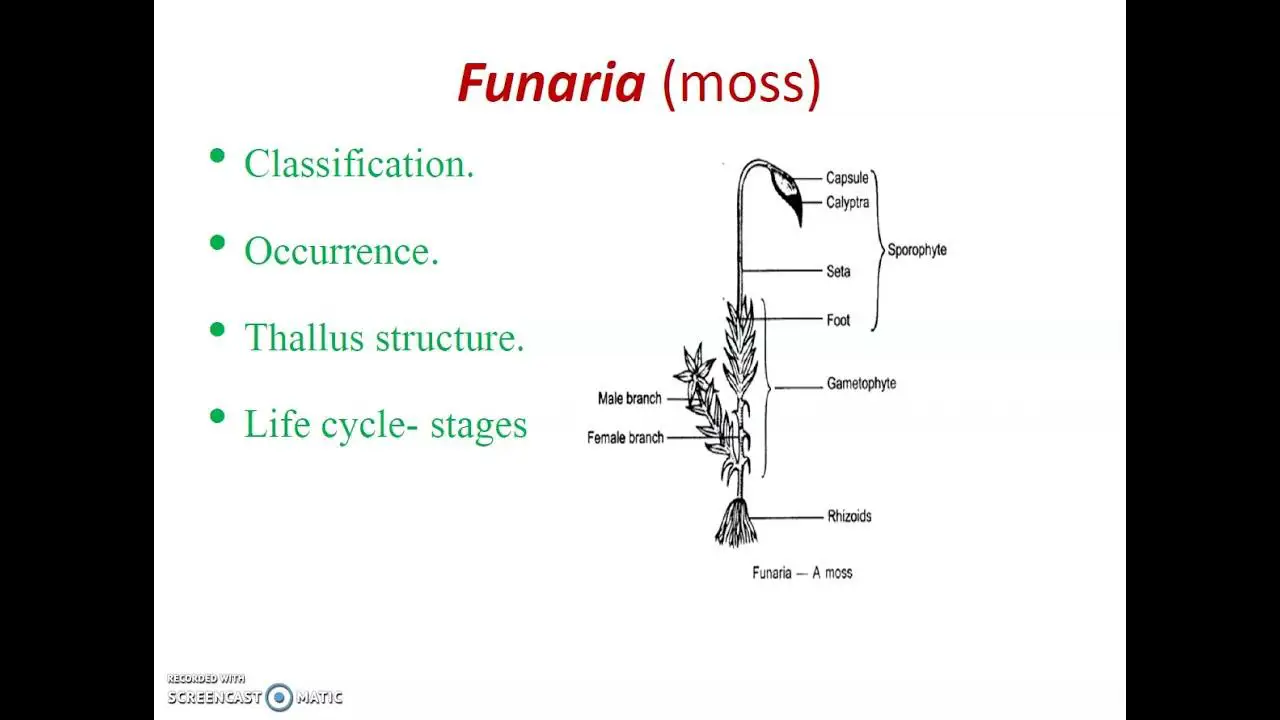
B9UjlEoIMAAN5wn.jpg from: https://twitter.com/mossworld/status/564396479016865792
Funaria borbonica (Besch.) Broth.: A Fascinating Moss of the Funariaceae Family
Funaria borbonica (Besch.) Broth., commonly known as Funaria, is a captivating moss species belonging to the Funariaceae family. As a member of the Bryophyta division and Bryopsida class, this tiny plant plays a significant role in its ecosystems. In this blog post, we’ll dive into the world of Funaria borbonica and explore its morphology, global distribution, habitat, ecological roles, and adaptations.
Background
Mosses are small, non-vascular plants that belong to the division Bryophyta. They lack true roots, stems, and leaves, instead possessing leaf-like structures called phyllids. Mosses play crucial roles in their ecosystems, contributing to nutrient cycling, water retention, and providing habitats for various organisms.
Morphology and Identification
Funaria borbonica is a small, acrocarpous moss, meaning it bears sporophytes at the tips of its stems. Its leaves are ovate to lanceolate, with a distinct midrib. The leaf margins are entire, and the cells are hexagonal to rectangular. The sporophytes are erect, with a long seta (stalk) and a pear-shaped capsule. The peristome, a ring of teeth around the capsule mouth, is double, with the outer teeth being shorter than the inner ones.

Funaria_muhlenbergii2_RBatten.jpg from: https://saltspringconservancy.ca/portfolio-items/muhlenbergs-cord-moss/
Global Distribution and Habitat
Funaria borbonica is native to the island of Réunion in the Indian Ocean. It grows on disturbed soil, often in open areas or along roadsides. The species thrives in moist, shaded environments and can colonize bare soil quickly.

3398748753_090b26fdf9.jpg from: https://www.flickr.com/photos/29287337@N02/3398748753/

maxresdefault.jpg from: https://www.youtube.com/watch?v=B3htbd14ykw
| Characteristic | Description |
|---|---|
| Family | Funariaceae |
| Genus | Funaria |
| Species | F. borbonica |
| Distribution | Réunion Island |
| Habitat | Disturbed soil, open areas, roadsides |
Ecological Roles and Adaptations
As a pioneer species, Funaria borbonica plays a vital role in the initial stages of ecological succession. It colonizes bare soil, stabilizing it and creating conditions suitable for other plants to establish. The moss also contributes to nutrient cycling by trapping and retaining nutrients from the atmosphere and rainwater.
Funaria borbonica has adapted to its environment in several ways. Its small size and compact growth form help it conserve water and resist desiccation. The species can also tolerate a wide range of light conditions, from full sun to partial shade.
Conclusion
Funaria borbonica (Besch.) Broth. may be a small moss, but it plays a significant role in the ecosystems of Réunion Island. Its ability to colonize disturbed soil, contribute to nutrient cycling, and create habitats for other organisms makes it a fascinating subject of study. As we continue to explore the world of bryophytes, we may discover even more intriguing aspects of this tiny but mighty plant. So, the next time you come across a patch of moss, take a closer look—you might just be looking at a Funaria borbonica!